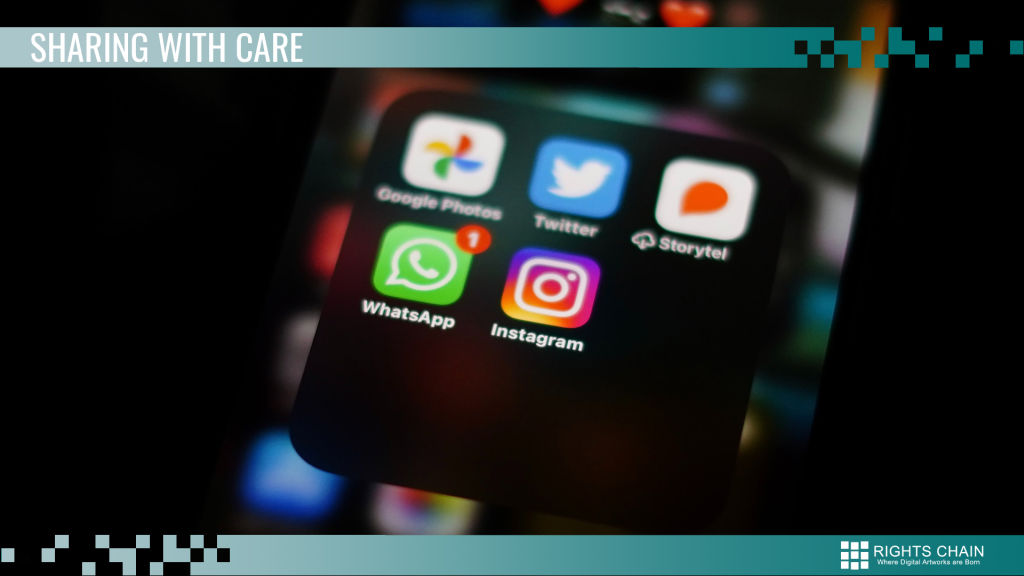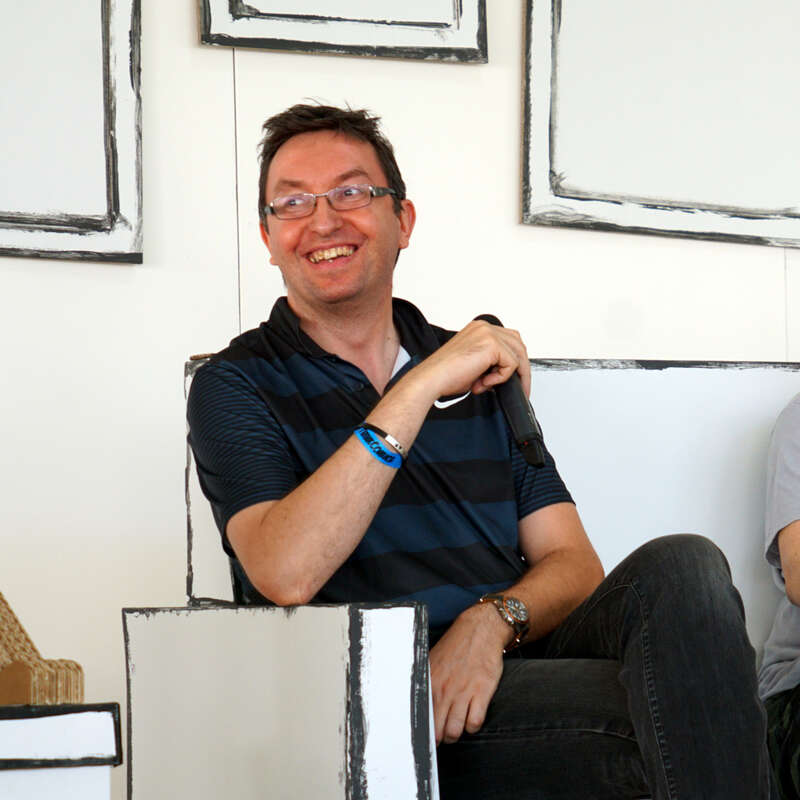Sharing with care

- 2018-04-04
- Sebastian Zdrojewski
- News
Studies show that 85% of pictures available on the Internet are used without respecting their associated licence.
How can I attribute a licence to an Artwork?
Usually, the simplest way would be writing in the caption the type of licence you want to associate to your Artwork, be it a Creative Commons licence, or an "all rights reserved" one, economic or moral.
In particular, the Creative Commons licences allow the management of a formula known as "some rights reserved". There are four basic rights that an Artist can choose to hold over their works:
- Attribution (BY): anyone sharing or reproducing the artworks must always mention the original artist.
- Derivative works (ND): allowing or prohibiting the creation of derivative works (crops, alterations, etc.).
- Share alike (SA): allowing or prohibiting the creation of derivative works, with the clause that the new work must be shared with the same licence associated to the original.
- No commercial (NC): allowing or prohibiting the use of the artwork for commercial purposes.
Of course, the last point is the one everyone is mostly interested in.
So how can I let everyone know what licence I chose for one of my works?
Once you have published your artwork for the first time, it's enough to include the licence in the caption. For example:
by Sebastian Zdrojewski, CC-BY @ 2017 (IT)
Which only includes the basic data: author's name, associated licence (in this case, CC by Attribution), year of creation and nation of origin (which is usually ignored).
Why is it helpful?
Your work is worth a lot, and it is only right that you get the merit for what you create. If someone improperly used one of your works, it is a moral right to be recognised as the true author of that work. And the economic right is just as important.
Besides, the first image publication of your work is useful for solving any potential online and offline disputes: because copyright infringement and intellectual property violations have consequences.
What if my picture is deleted?
This is an annoying event that may occur for several reasons. Besides being a bother, the deletion of one of your artworks from a website or portal may complicate the situation if you need to report a violation, making it harder to prove what the attributed licence was, and which of the author's rights were violated.
Then is "all rights reserved" the best choice?
It would be natural to think so, but such a restrictive licence may lead to issues in the future. The licence must always be chosen carefully, and there are two main potential guidelines:
- Planning to let the Artwork be shared on the Internet to gain some visibility? The best choice would be a Creative Commons "Non commercial" licence (and maybe also a "Non derivative works", depending on your point of view);
- Working for commission or taking part in a competition, or you simply don't want to share it? The best choice would probably be an "all rights reserved" licence.
Rights Chain was born with the idea to make this whole process easier, by making some useful tools available:
Artwork registration - gives Artists the opportunity to register their works, and to attribute a licence to them, saving them in a location where they won't be touched or removed (except by the Artists themselves, and without losing track of their rights)
Proof of registration - gives the opportunity to download a proof of registration from the Artist's personal account, which includes all important information concerning artwork registration and chosen licence. There's also a version that can be sent via email (find an example here)
Link to the attributed licences - if you don't want to or don't have enough space to write the full licence text underneath your work (for instance, if you're sharing it on Twitter), there's a link you can paste within your post directly leading to information on the artwork and licence (example: here)
Storage of the original - we store a copy of every artwork registered through our platform, exclusively for the Author's use (we don't use it in for any purpose, under any circumstances). We keep your work as safe as we can.
These are some of the tools we developed and are currently working on.
